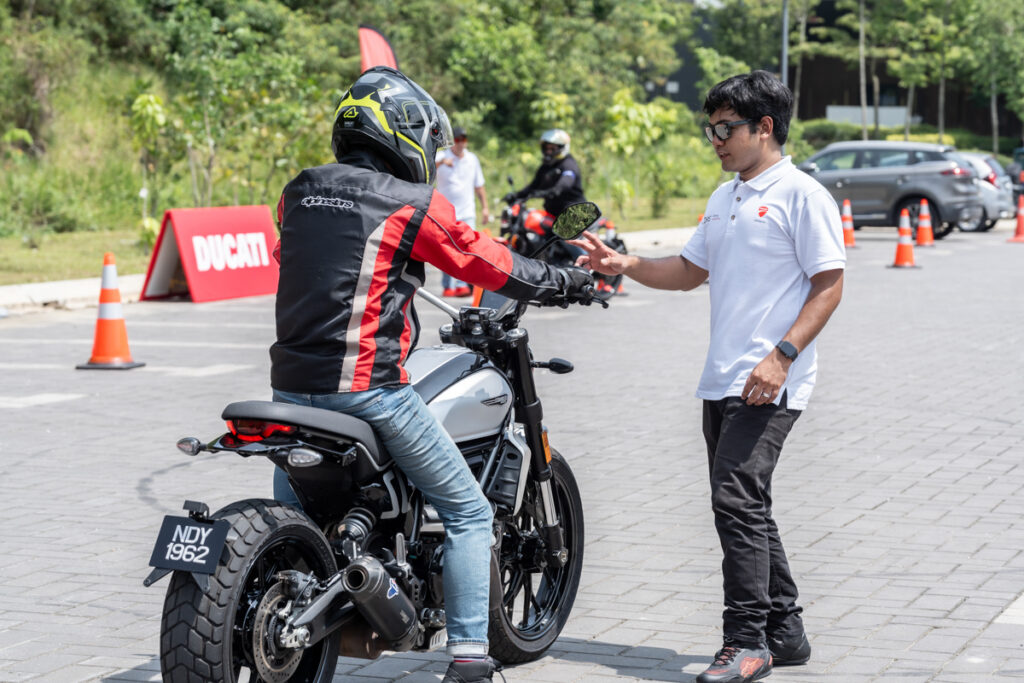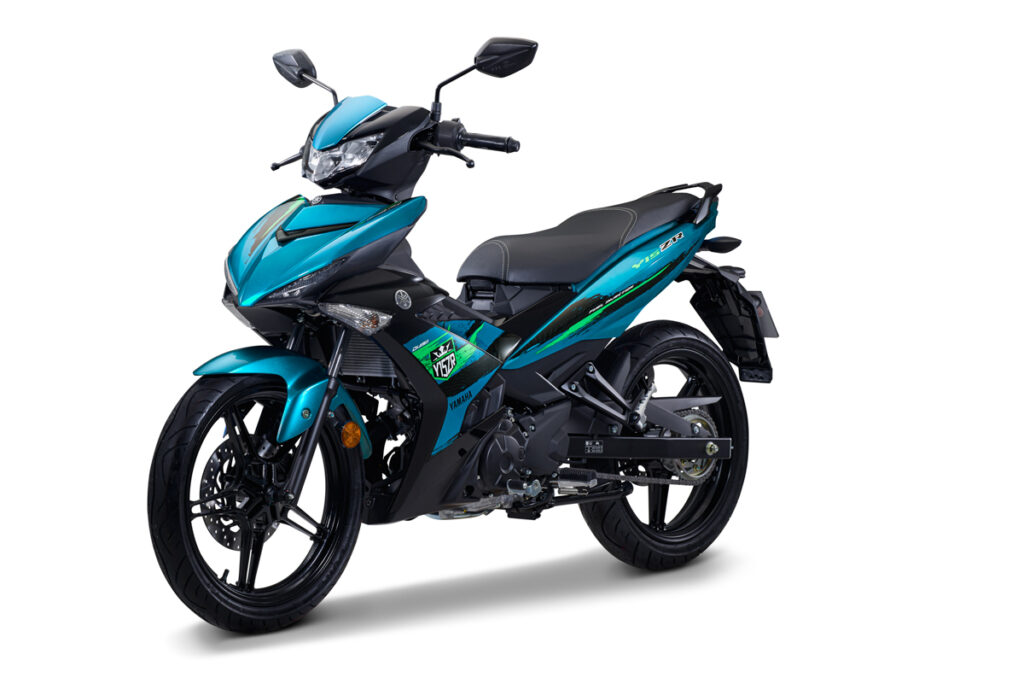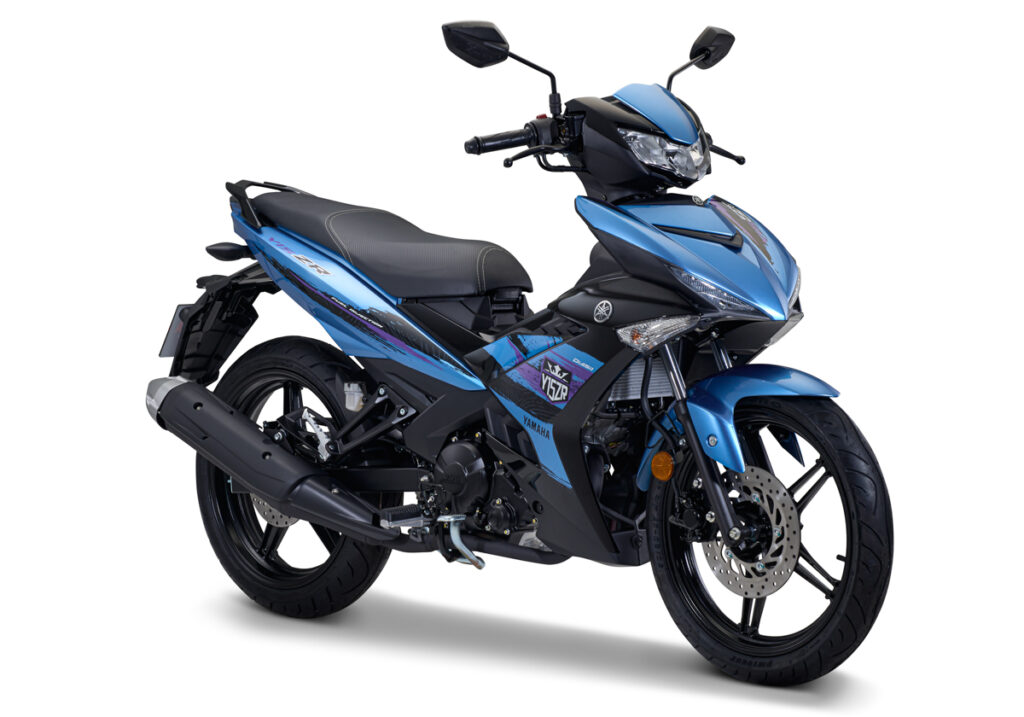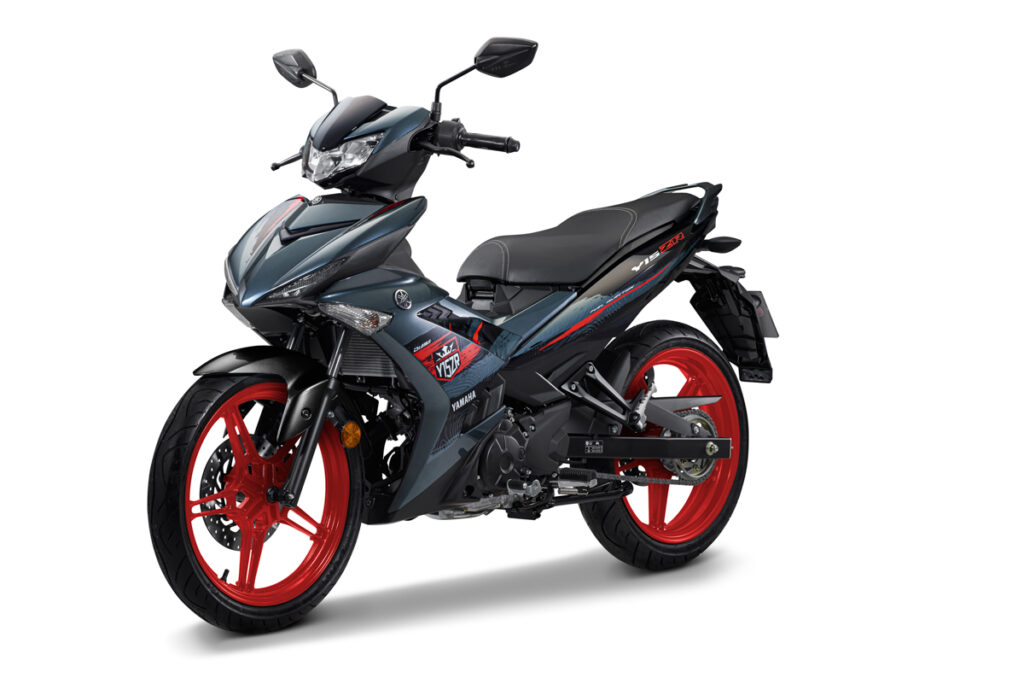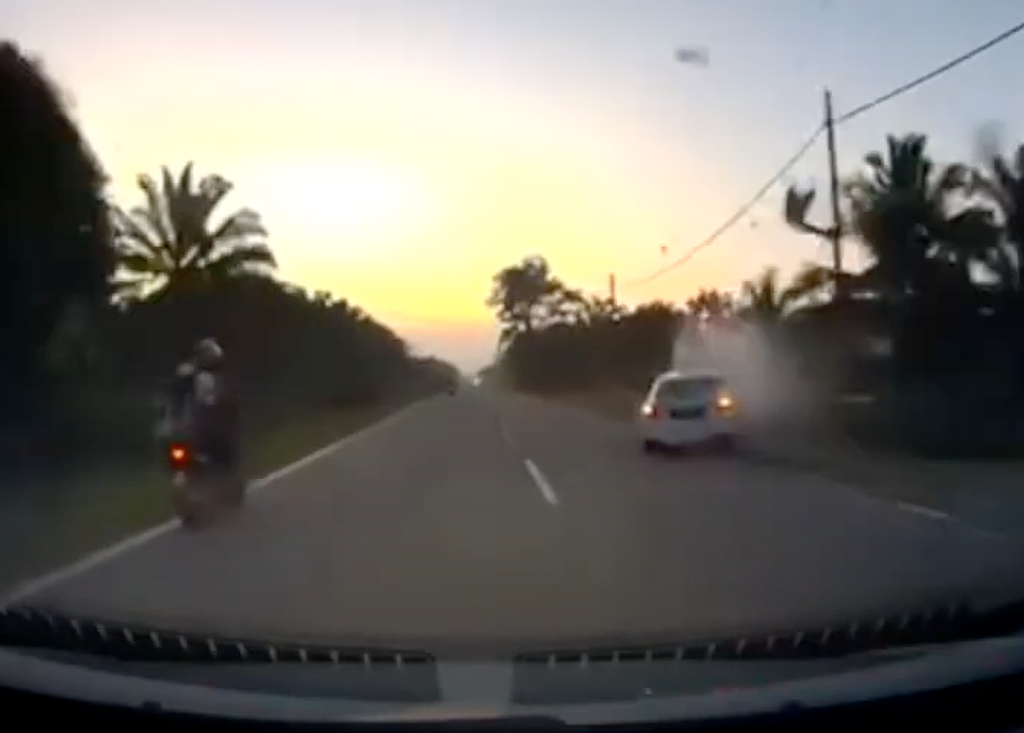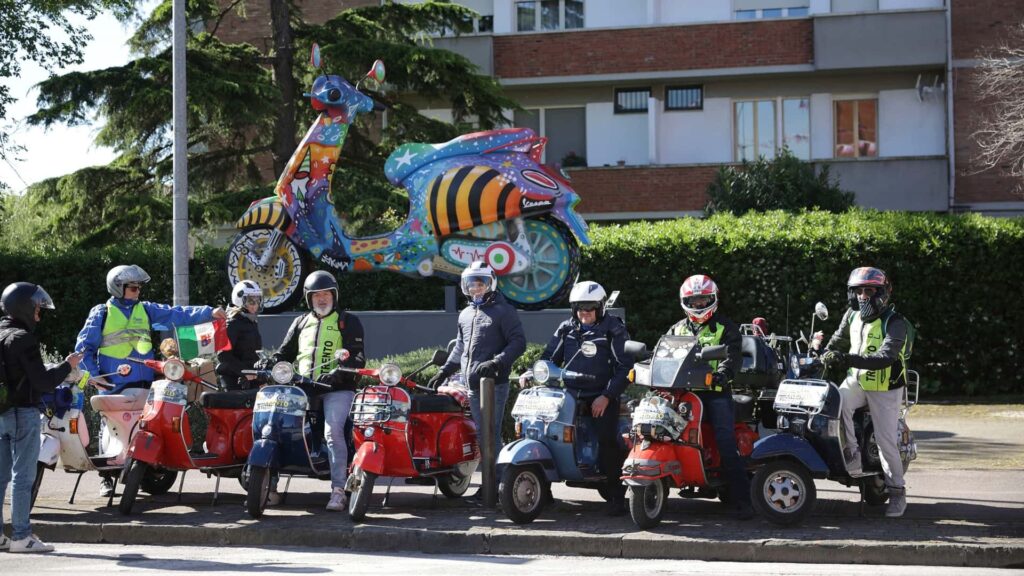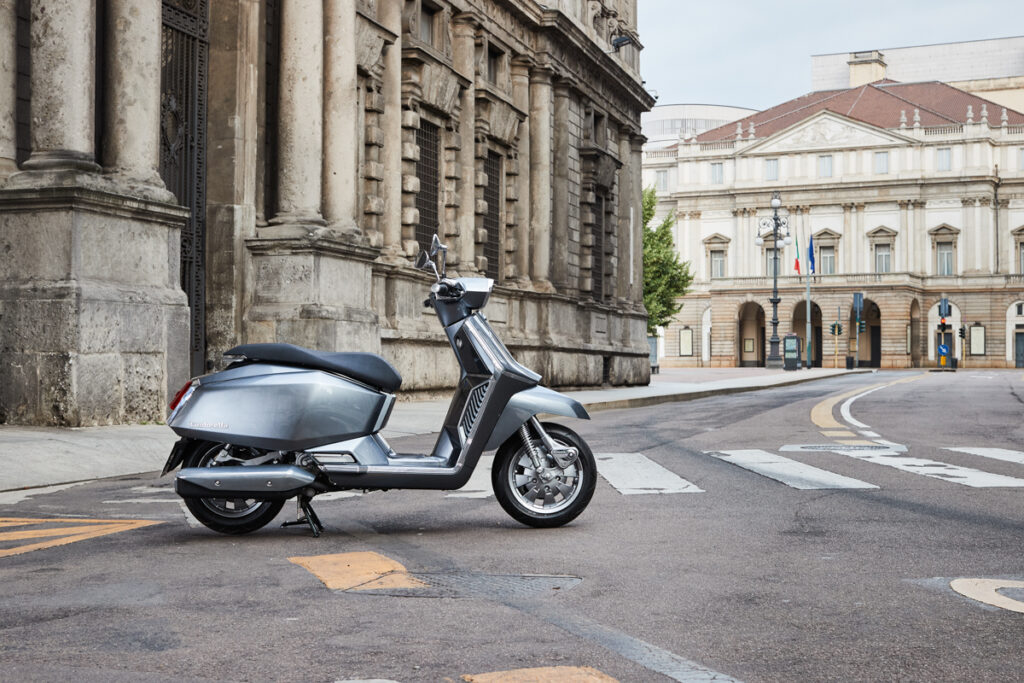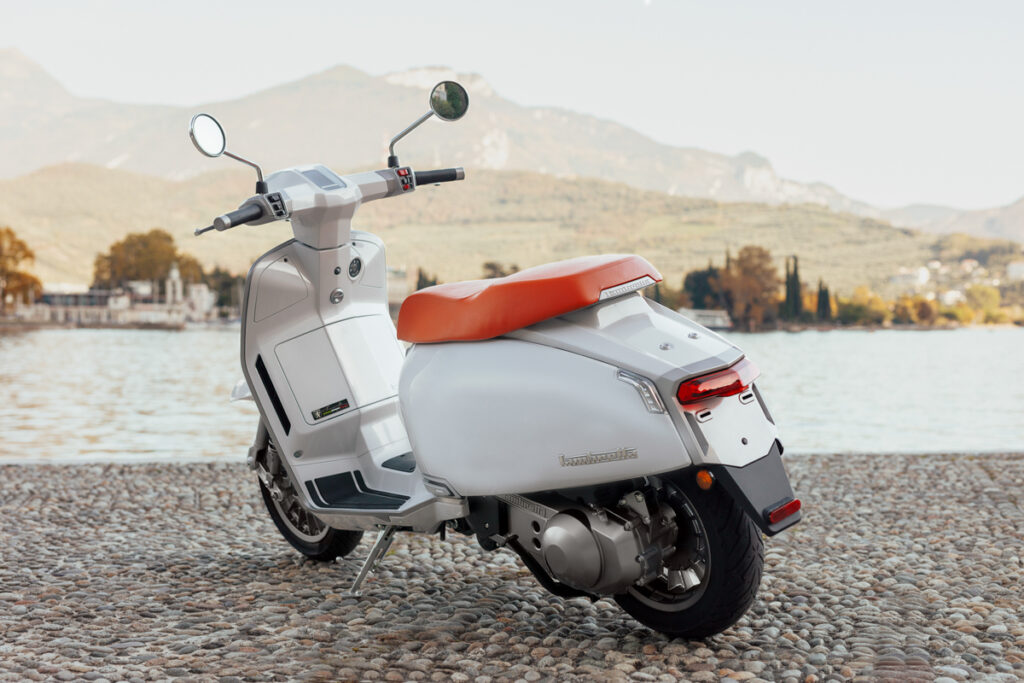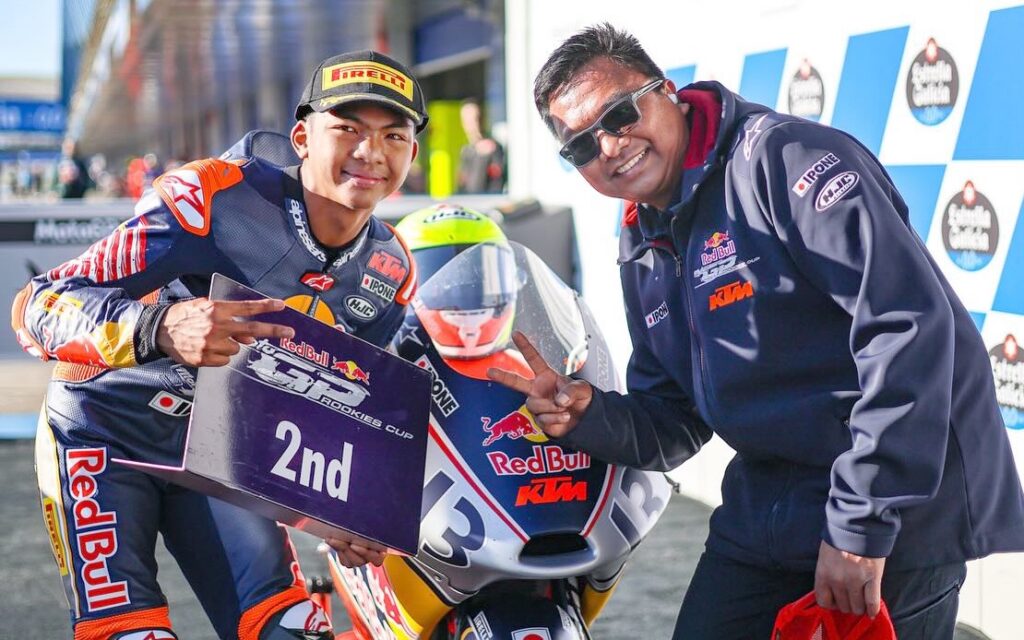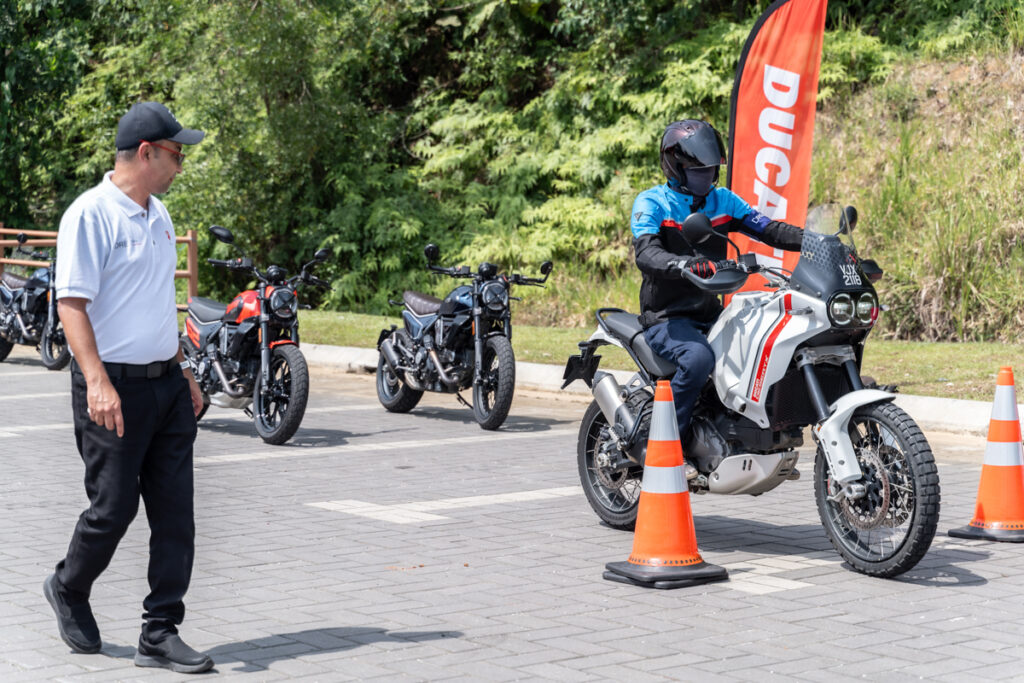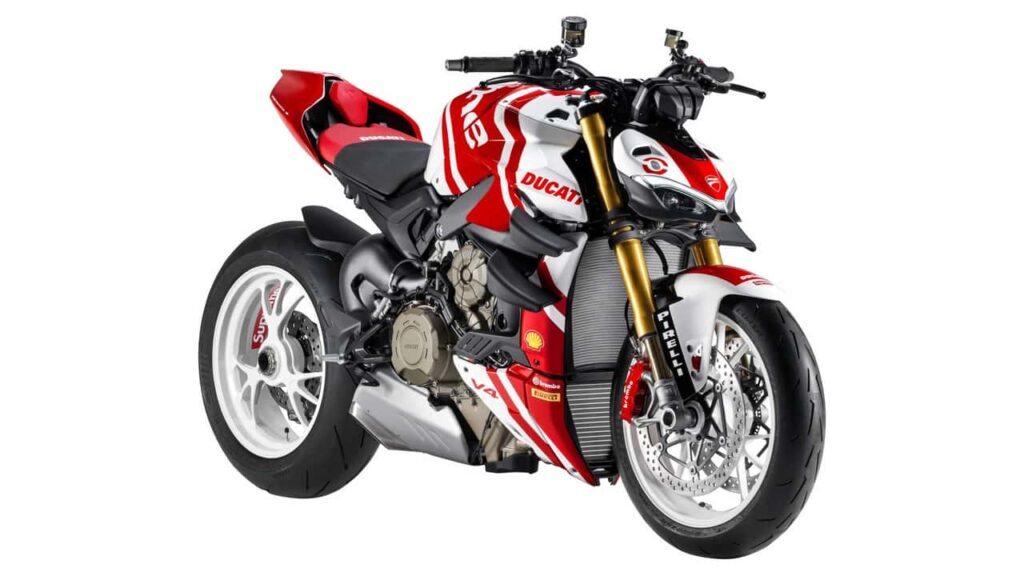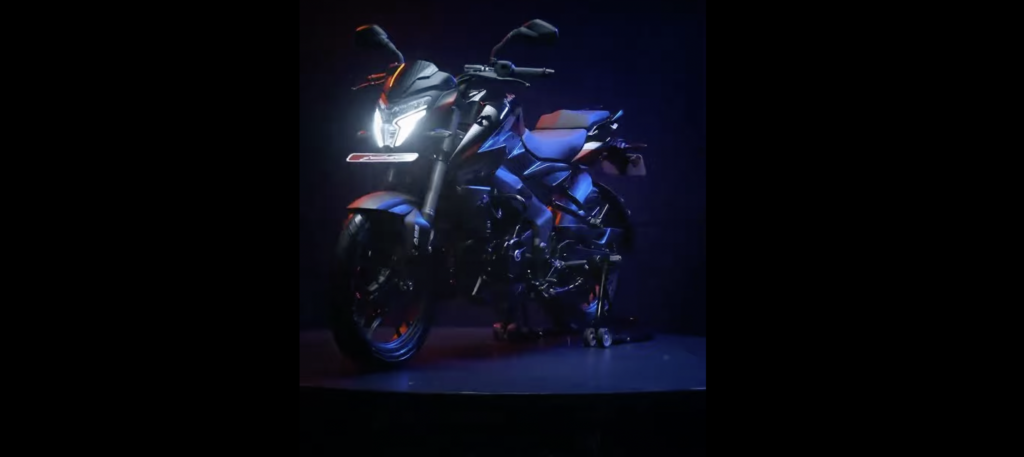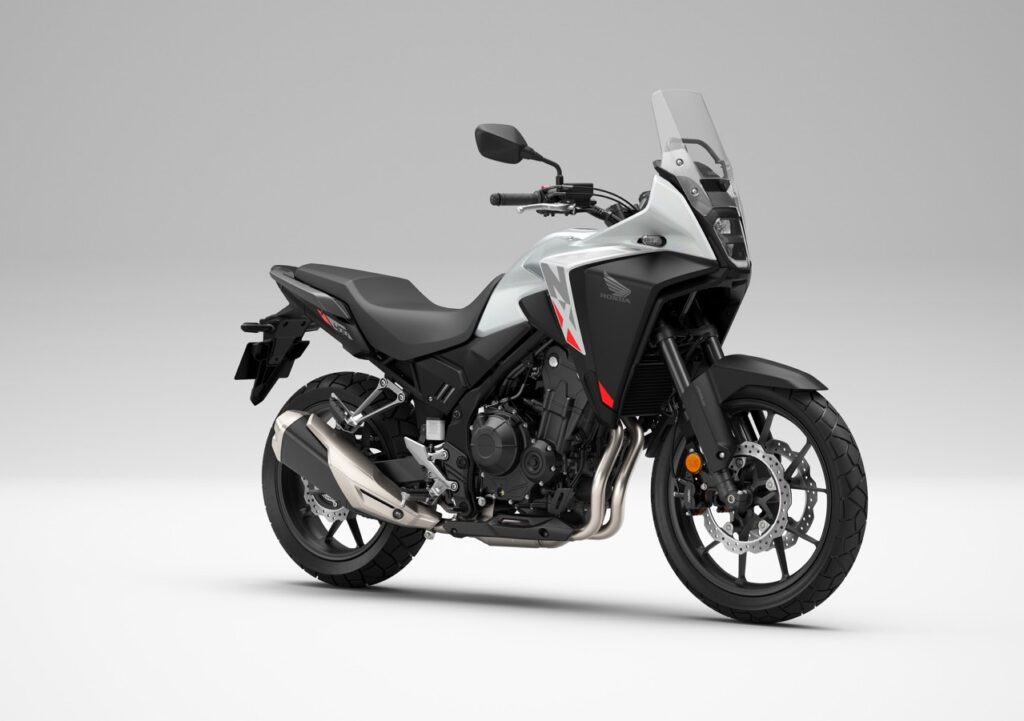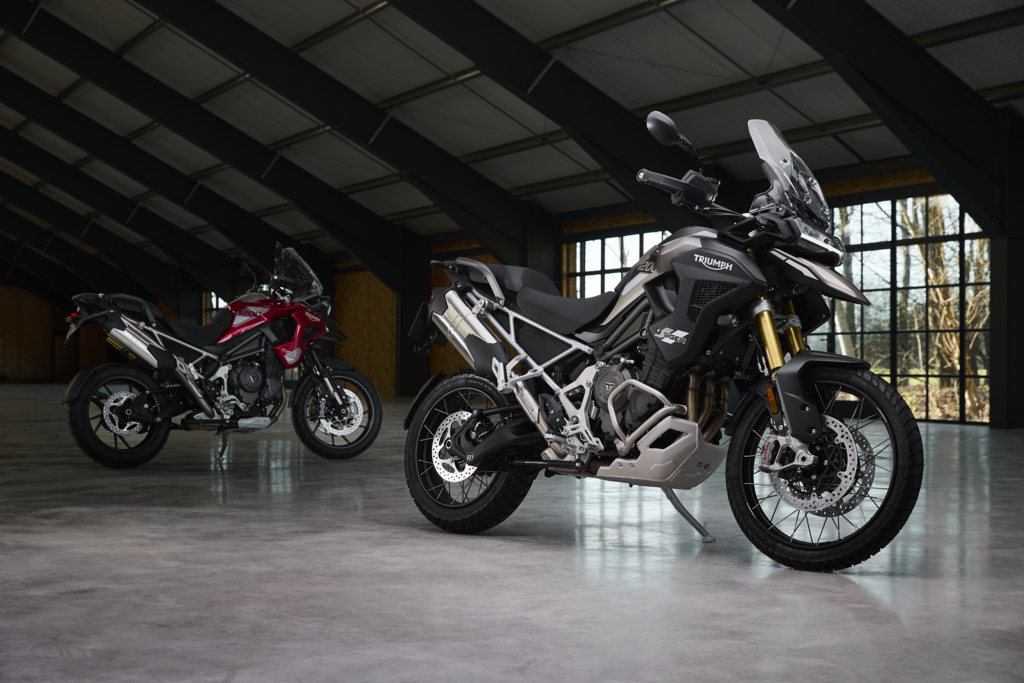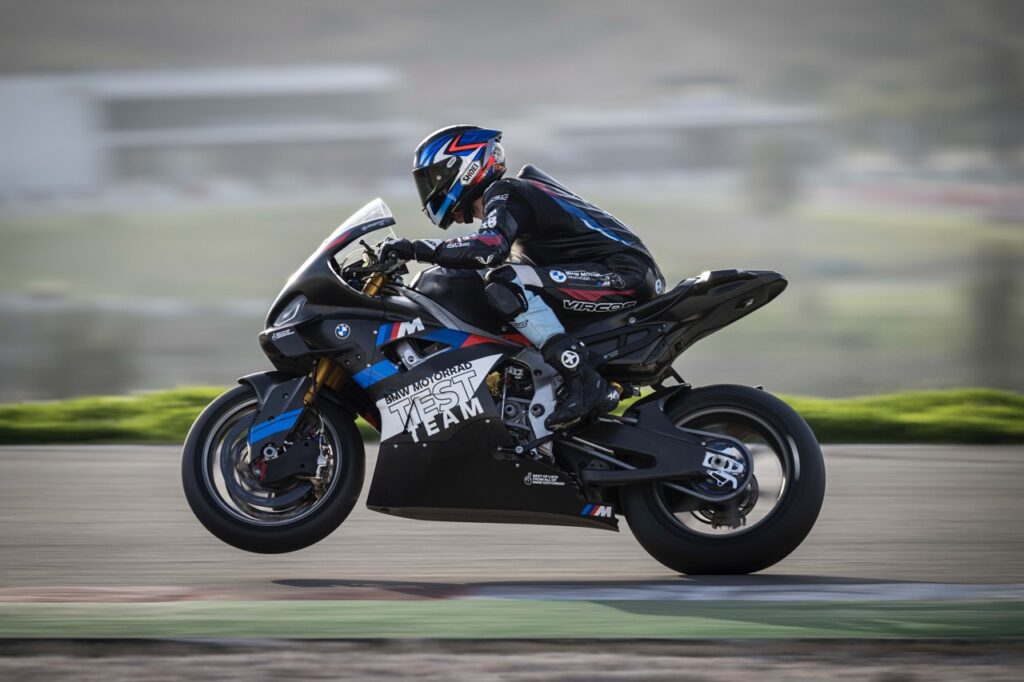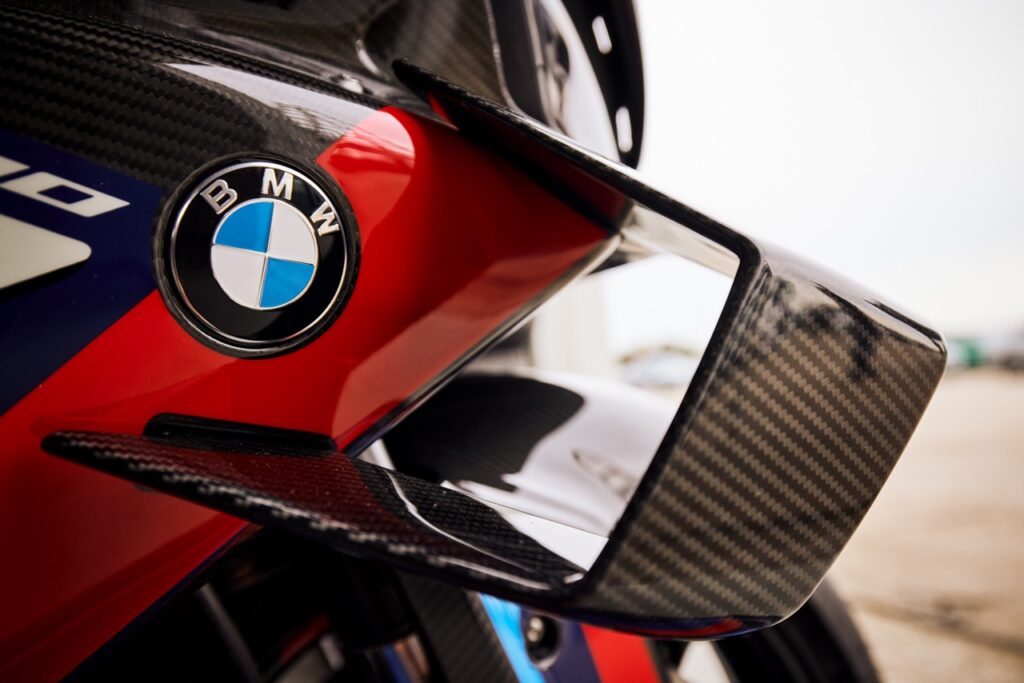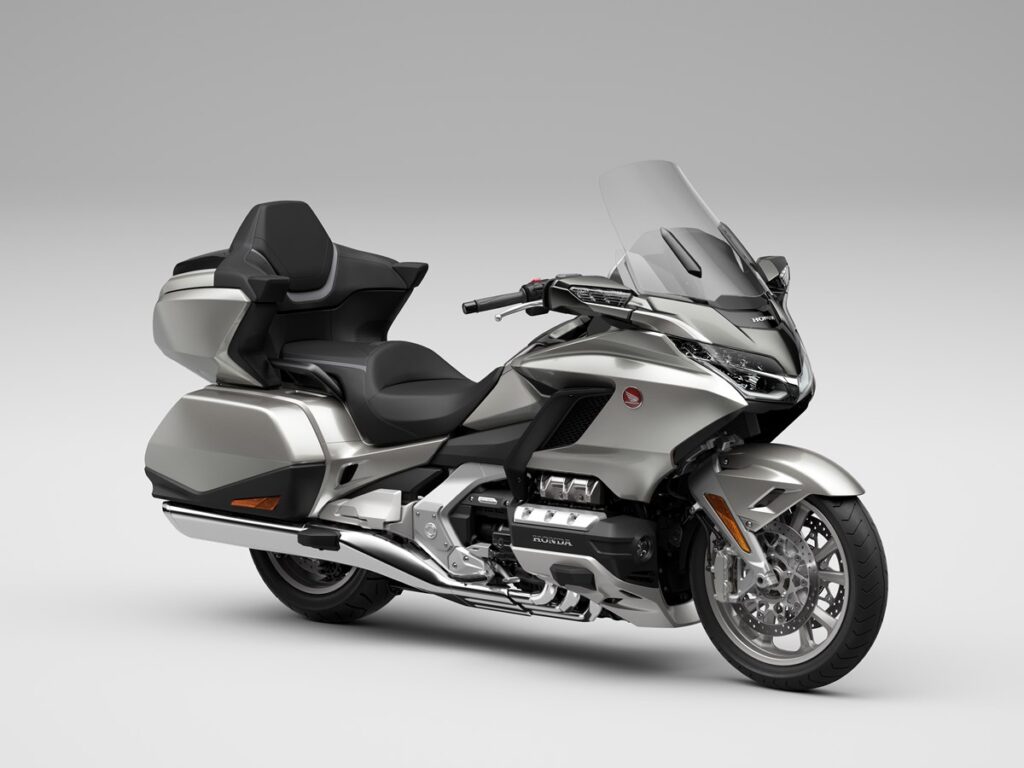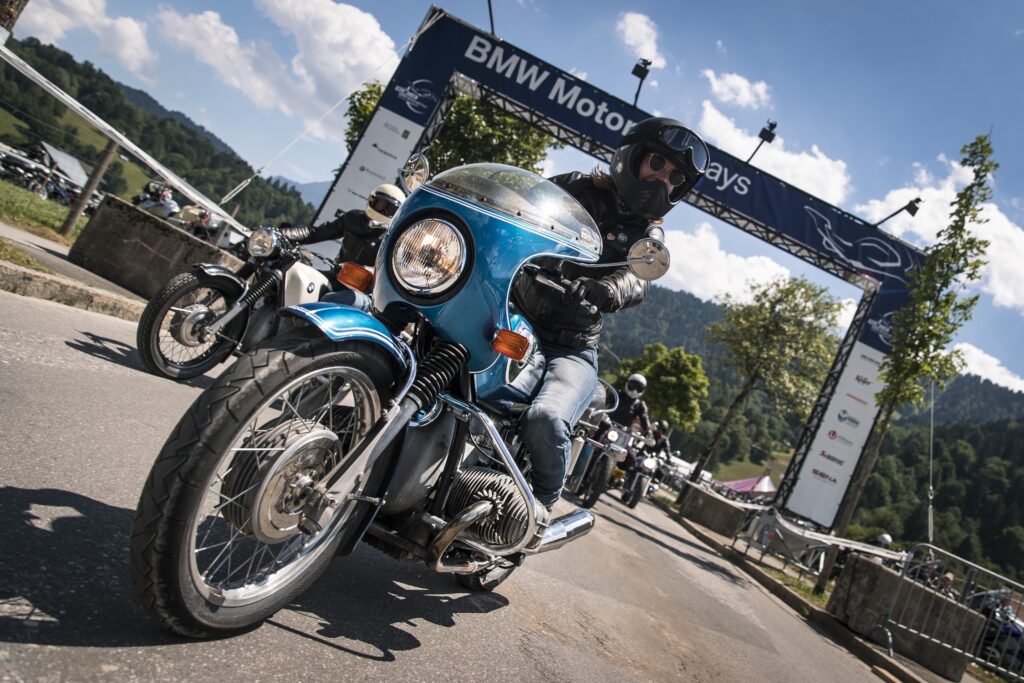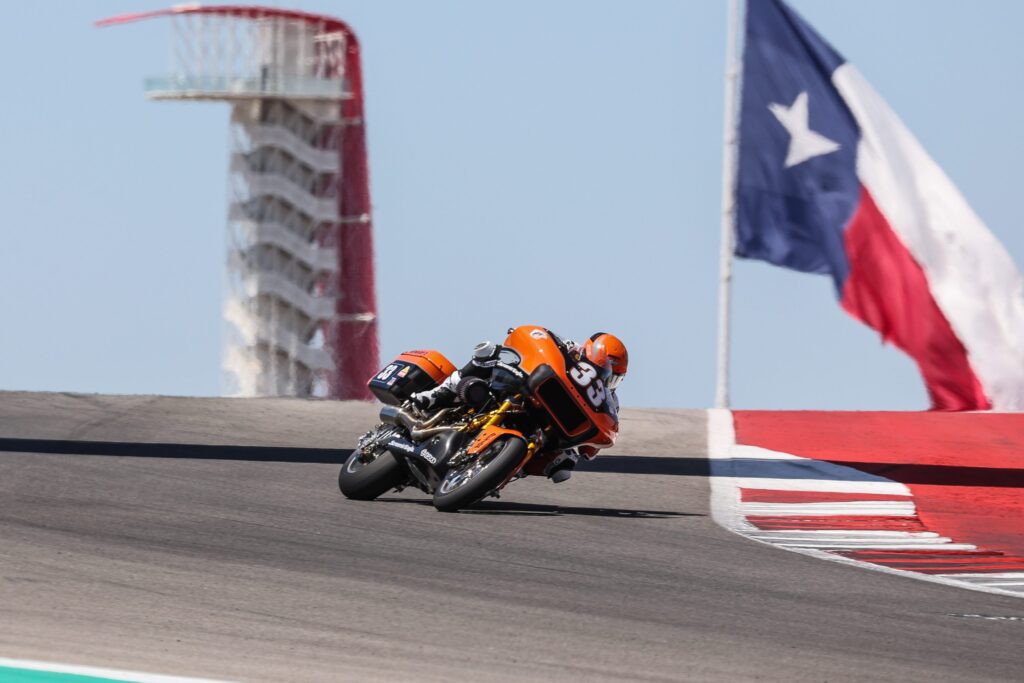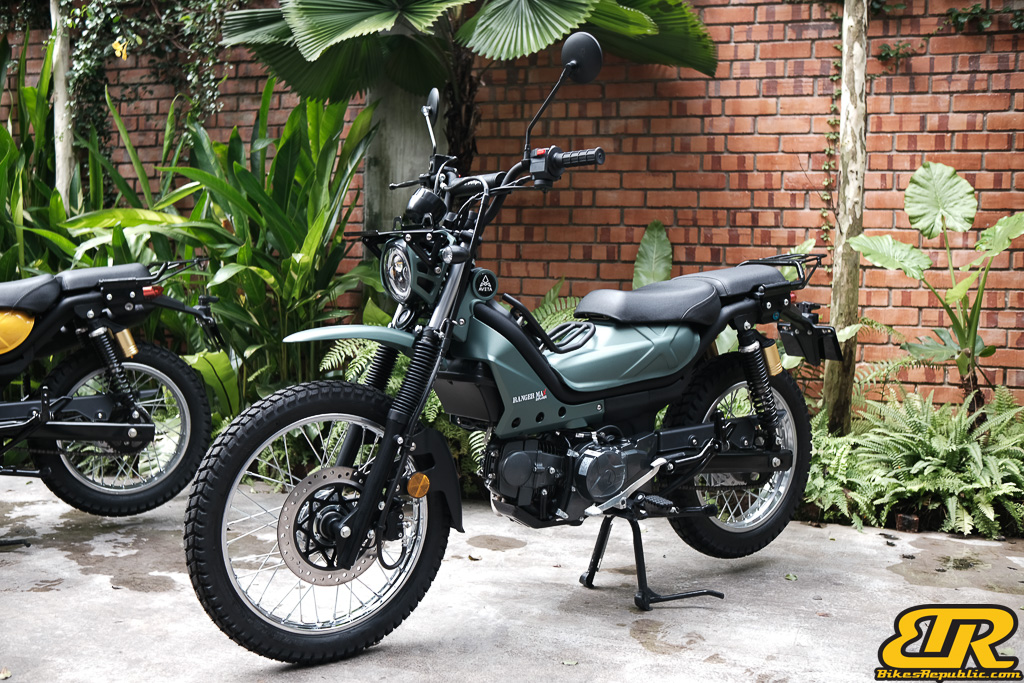Learning to ride safely and skilfully is a lifelong journey. Well, there is great news, now that the DRE Road Academy welcomes riders of all brands of motorcycles.
Organised by Ducati Malaysia, the Ducati Riding Experience (DRE) Road Academy conducted for their first 2024 event at Gamuda Gardens on 25 April. It was a “comprehensive motorcycle training program designed to enhance rider skills and promote safe riding practices,” consisting of theoretical classes and practical exercises, and conducted by certified DRE Instructors.

About the Ducati Riding Experience Road Academy
The Ducati Riding Experience Road Academy was meticulously designed with the primary objective of enhancing rider safety skills through comprehensive training focused on road safety and defensive riding techniques. This involved a strong emphasis on adhering to traffic regulations and enhancing situational awareness.
Aligned with the objective of fostering a community of confident, safety-conscious riders, Ducati Riding Experience participation is open to owners of all motorcycle makes and models.

The Ducati Riding Experience Road Academy program boasts key features that set it apart as a premier motorcycle training experience:
- Participants will engage in comprehensive theory sessions that cover safety and precision courses, laying a solid foundation of knowledge before advancing to practical applications.
- The hands-on riding sessions are conducted by certified DRE Instructors who bring both expertise and passion to the training process.
- The use of Ducati motorcycles during these sessions provides an authentic riding experience.
- And the awarding of a certificate of completion to those who successfully finish the program.

The backbone of the Ducati Riding Experience Road Academy is a team of Certified DRE Instructors. Each instructor brings extensive experience in motorcycle training and safety, ensuring that participants receive high-quality instruction. Our proudly Malaysian instructors have gone through a rigorous certification process, reflecting Ducati Malaysia’s commitment to excellence in all aspects of the training program.
Participants embarking on the Ducati Riding Experience Road Academy are required to equip themselves with proper riding gear:
- This includes helmets, gloves, long pants, riding shoes/boots, and riding jackets to ensure their utmost safety.
- A booth for Ducati technical apparel will be accessible during the events.
- The participants have an invaluable opportunity to explore and invest in high-quality riding gear, further enhancing their overall experience with Ducati ownership.
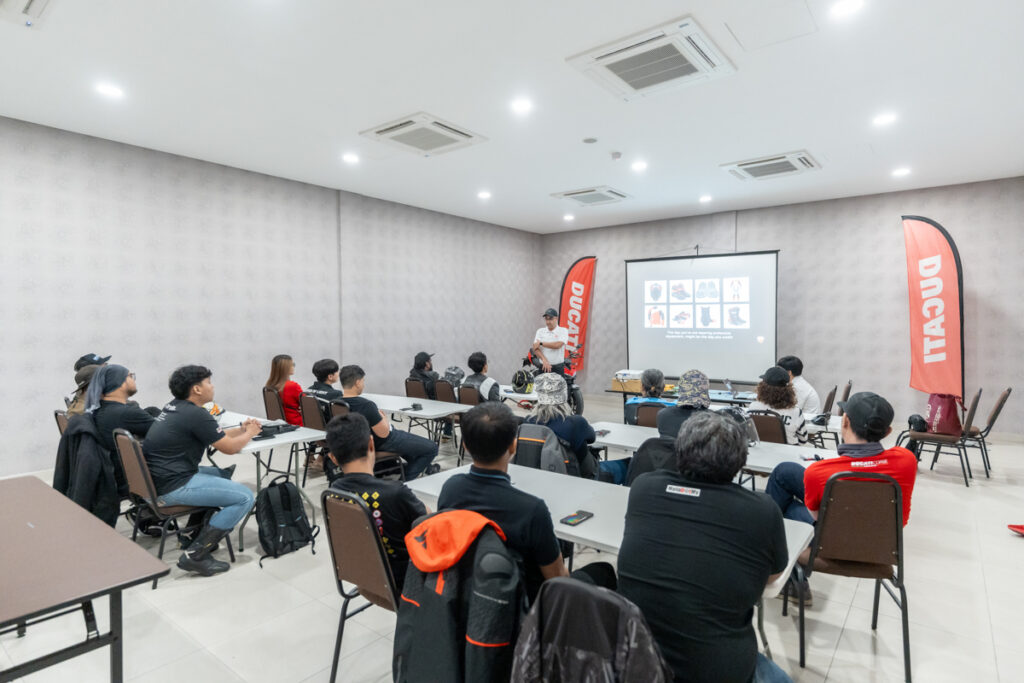
Mr. Dennis Michael, Chief Operating Officer of Ducati Malaysia, shared his insights on the intentions and aspirations of the Ducati Riding Experience Road Academy: “Our initiative is centered on being ambassadors of road safety, promoting responsible riding among enthusiasts. We are committed to enhancing rider safety skills through practical training, and we’re thrilled to offer first-hand experience to prospects who are eager to learn and embrace the Ducati way of motorcycling.”
“We’re also proud to acknowledge that all 3 DRE instructors are fellow Malaysians, who trained at DRE instructor’s courses around the world, which they completed to world-class standards.” he added.

Participants who are interested in taking their motorcycling journey further may look forward to joining the DRE Road Academy by registering and securing their participation at their nearest Ducati authorised dealer.
Our comment
We at BikesRepublic.com and MotoMalaya.net are strong advocates for advanced rider training, given the lack of interest and initiatives by the authorities to enhance rider safety and lowering accident and death rates among motorcyclists. And, as we are all aware, the syllabus taught at driving schools are mere procedures to pass the tests!
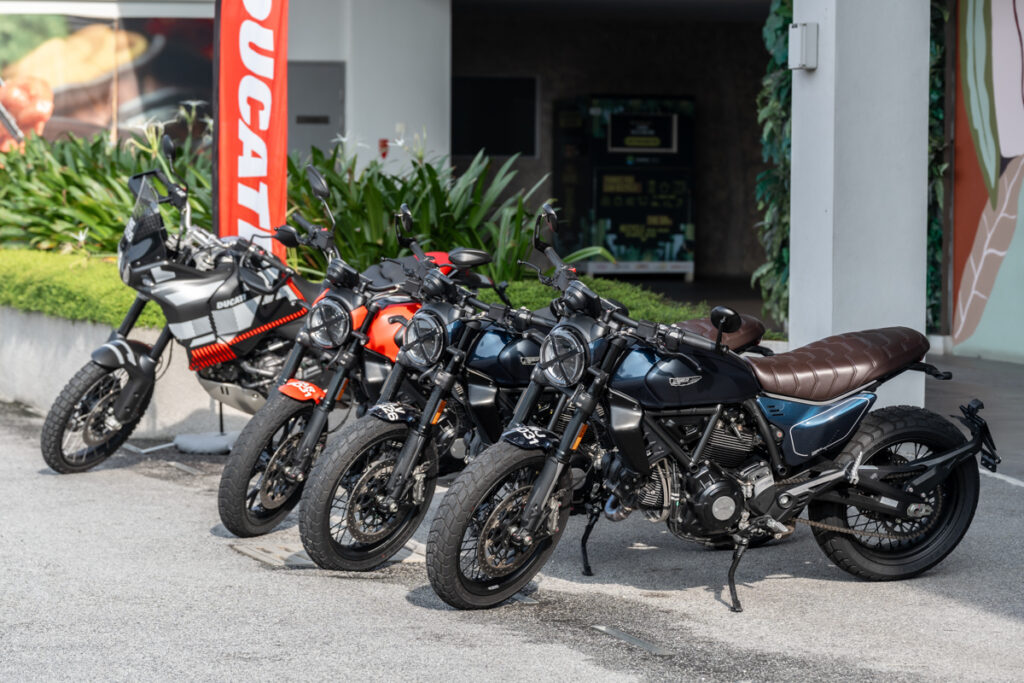
We have attended numerous Ducati Riding Experience classes, in addition to the California Superbike School Malaysia, and Most Fun Gym to upgrade ourselves, and found them all to be essential for daily riding and not just for the track.
This is a great opportunity for you since the Ducati Riding Experience Road Academy is open to riders of all brands of motorcycles. So, no more excuses!
